It’s my birthday. So in true Eat with Afia fashion, I decided to make my own birthday cake. I wanted a cake that truly reflected who I was, the beginning of fall, and my deep deep love for West African food.
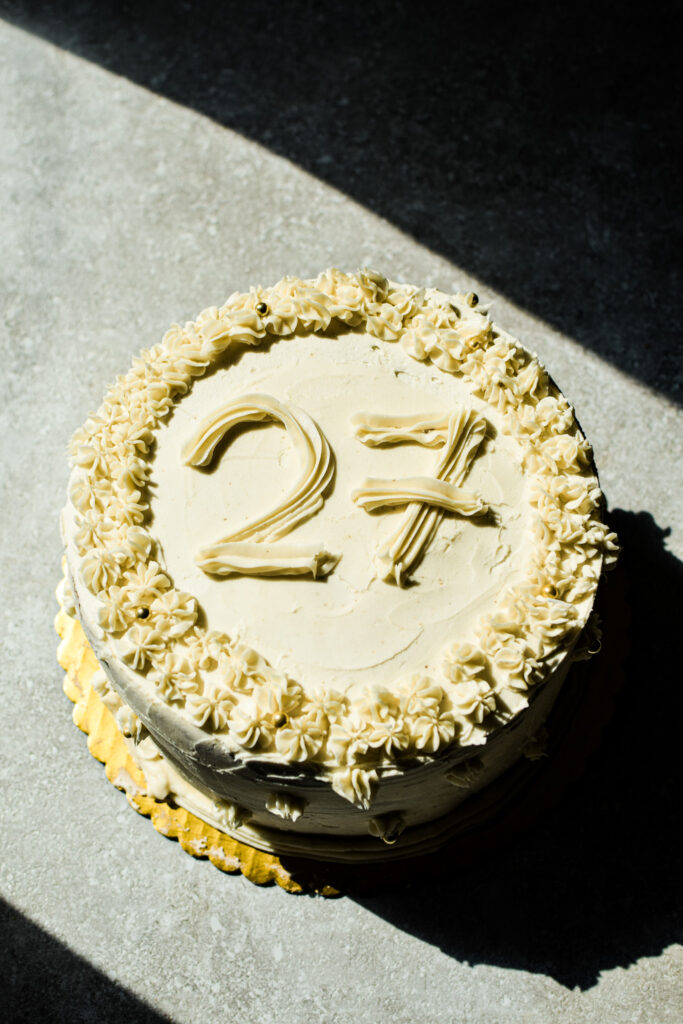
Quintessential West African dessert?
It is no secret that West Africa does not have the same dessert culture as what people in Western countries are familiar with. We do not have regional pie recipes, cakes, cookies, and many more. Instead, you will find fried dough, candies, and little nibbles. In the end, Western food culture is different from West African food cultures, which means our food categorizations do not necessarily translate well in the West. I suspect that what is considered a dessert in South Asia or East Asia is very different from what is considered a dessert in the West. Like many things with food, it is always important to reframe our understanding of what we see to be true on how food should be classified.
With that being said, the culture of birthday cakes supersedes cultural lines. A birthday cake is present in Korea as much as it is present in Canada and in Ghana. But I wanted a cake that was more than just vanilla or chocolate but one that could incorporate many West African ingredients to make a delicious end product.
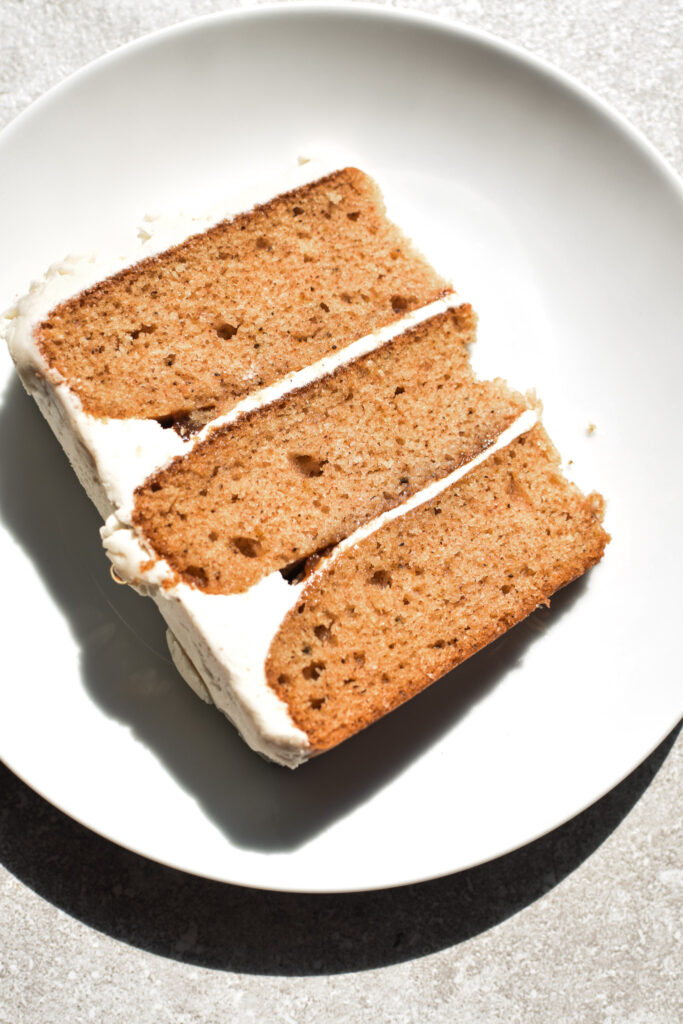
The Special West African Birthday cake
I have built my platform on promoting West African food so it was an easy choice to extend that to the recipe for my birthday cake. This birthday cake is a West African spice cake. As my birthday falls on the cusp of summer and fall it is a great opportunity to create a cake that is full of warmth, which I think perfectly describes the flavor profiles of many West African dishes.
A traditional spice cake uses spices like nutmeg, cinnamon, cardamom, cloves, all spices, and ginger. Although global in sourcing and flavour profiles, it is still baked like your average American or British cake. My version uses calabash nutmeg, cloves, ataiko spice, and bird eye chilli for a different West African approach. Ataiko (also known as orima) has a very similar flavour profile to cardamom. I can anticipate is in the same family as grains of paradise, with some version having a similar profile to cardamom. Calabash nutmeg is a warm spice that tastes nothing like nutmeg while bird eye chili provides a sharp spicy flavour. I have gone into extensive detail about these spices in my Important Ghanaian Spices blog post (click here to read).
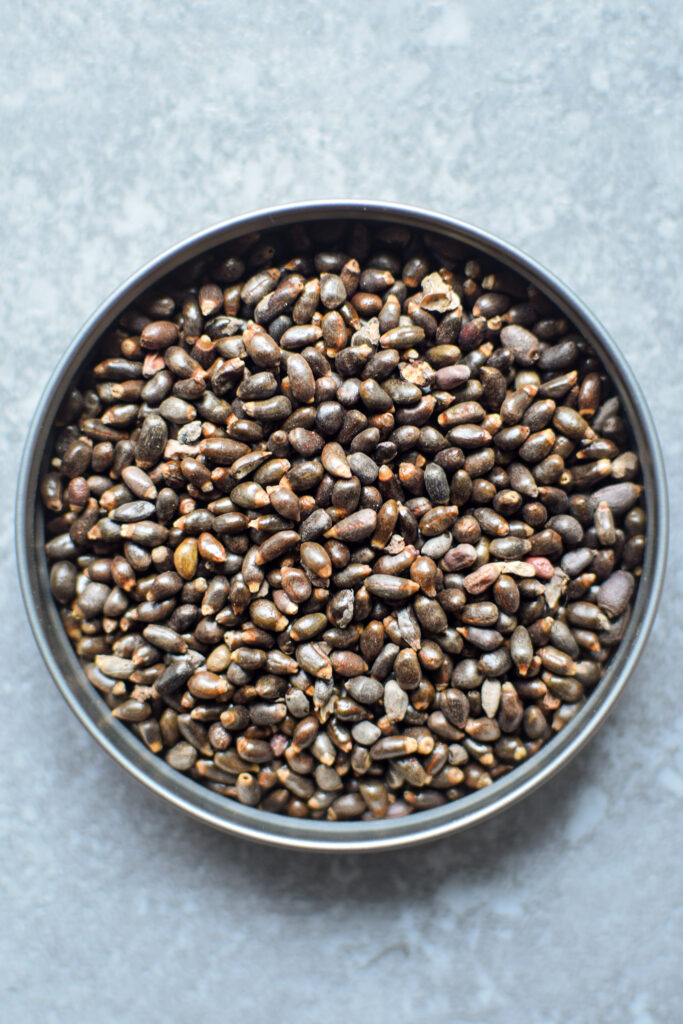
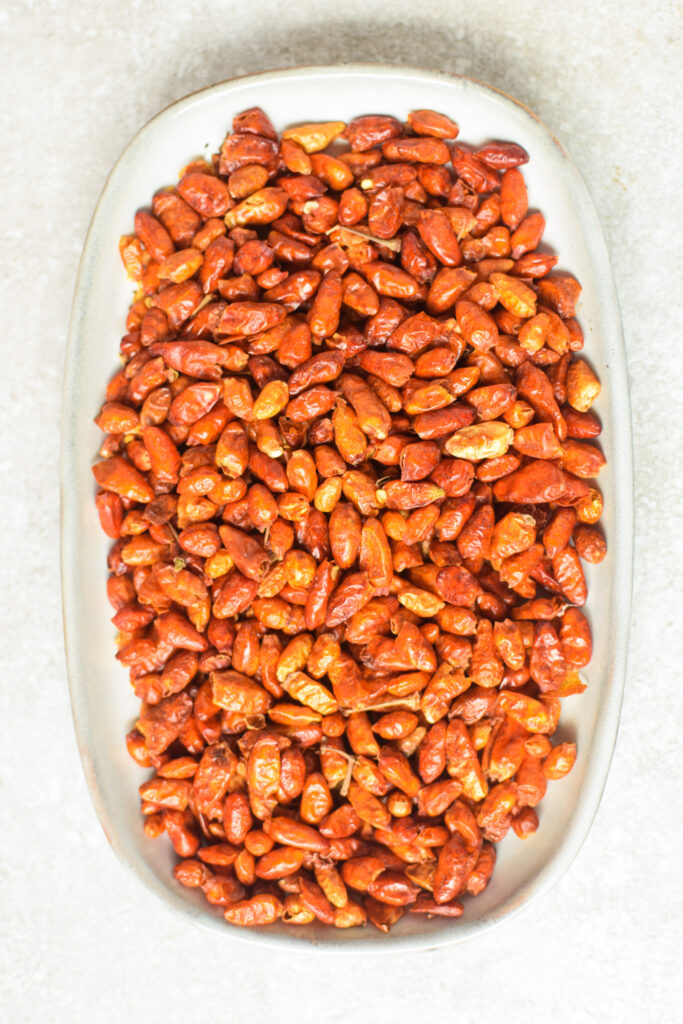
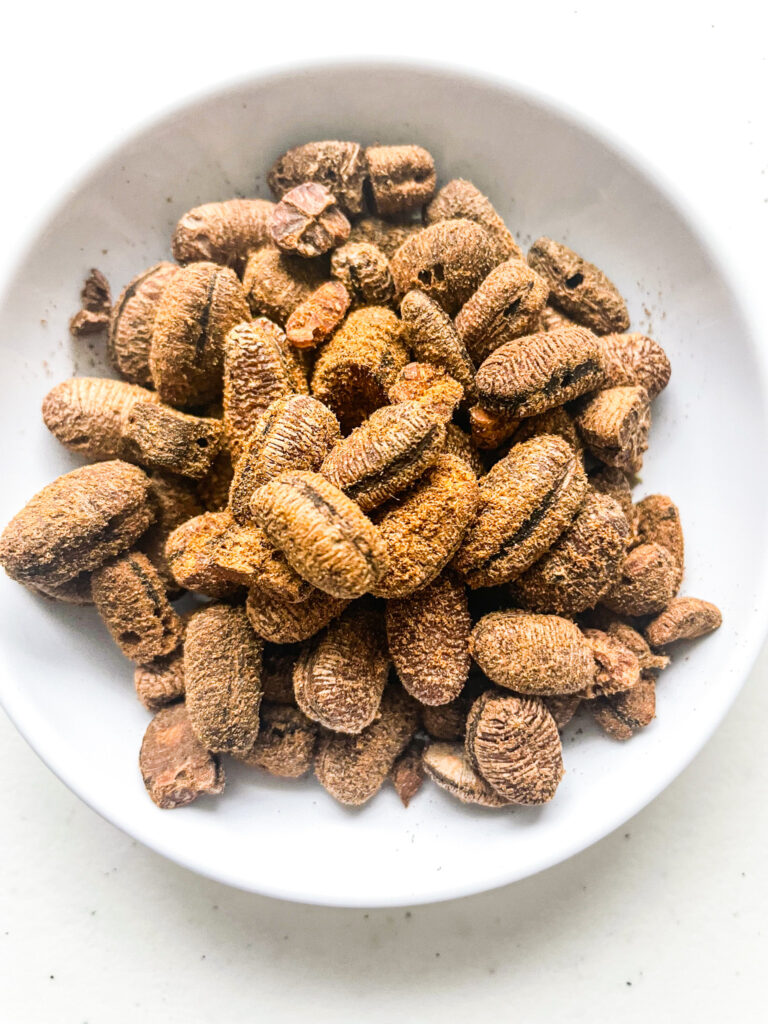
Tamarind Jam – the secret to making this work
Taste is made up of various flavors. We are tasting for sweet, salty, bitter, sour, and umami. The more elements you can bring to a dish the better. Cakes are sweet. Cakes in the West are very sweet with lots and lots of frosting already piled on top of a very sweet cake. This is why flavor contrast is very important. The tamarind jam that sits in between the layers of cake help tie everything together. It is tart with a slightly sweet flavour that sticks to your tongue and is all so good. In a way, the cake is almost like a deconstructed and reused version of my tamarind lamurji drink that uses similar flavour to make a delicious sweet tart drink (click here to check out the recipe).

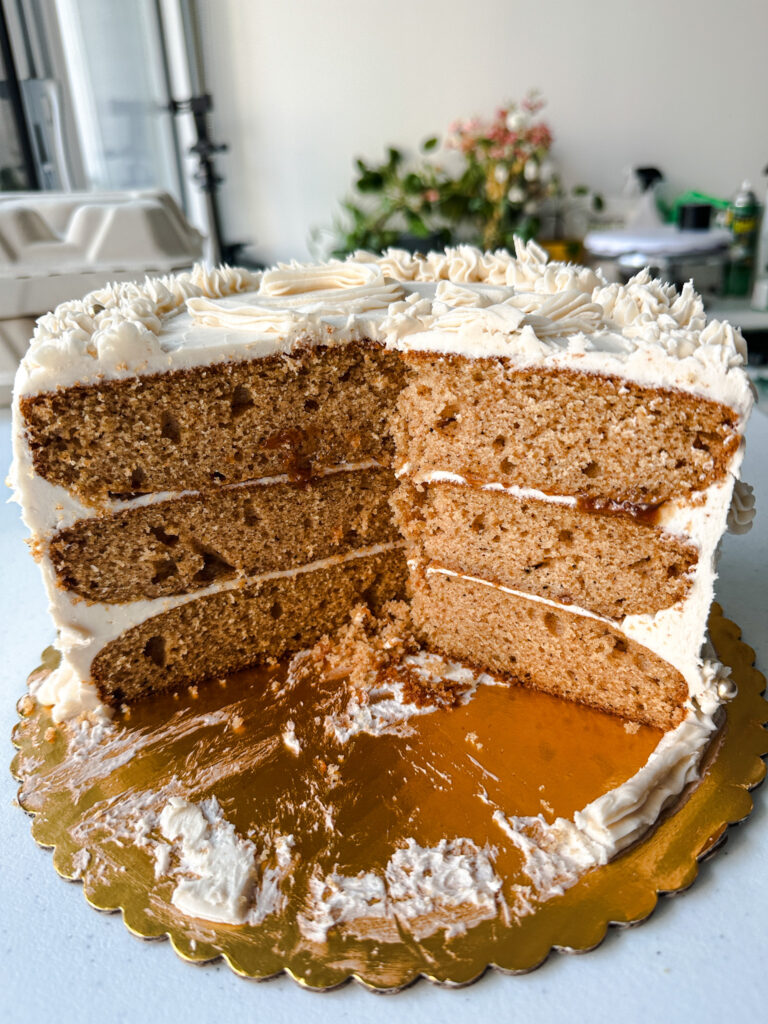
This cake is very delicious. But most importantly it is a different application of such interesting and delicious West African flavours. The perfect birthday cake
West African Spiced Cake
Equipment
- 1 hand mixer
- 1 kitchen scale
- pipping bags can also use zip lock bags with a small cut a bottom corner for a make shift pipping bag
Ingredients
Cake Batter — makes three 8 inch round cakes
- 1 1/2 cups of soy milk
- 2 tsp apple cider vinegar
- 240 g cake flour
- 300 g all purpose flour
- 2 tbsp baking powder
- 2 tsp baking soda
- 320 g white sugar
- 1 tsp salt
- 3 whole calabash nutmeg
- 1 tsp ginger powder
- 1 1/2 tsp whole cloves
- 1 1/2 tsp whole ataiko can sub with 3-4 cardamom pods
- 1 1/2 tsp cinnamon powder
- 1/2 tsp cayenne/birds eye chilli powder
- 1 1/4 cup vegetable oil
- 163 g apple sauce ~1/2 cup
Tamarind Jam/Purée
- 100 g tamarind pulp
- 1 1/2 cup water
- 60 g of powder sugar
Frosting – to frost a three layer cake
- 340 g vegan butter
- 612 g powder sugar
- 1 tsp vanilla essence
- 1 tsp salt
- Leftover tamarind jam
Instructions
Cake Batter
- Start by preheating your oven to 350°F and line three 8inch baking pans with parchment paper.
- In a bowl, measure out the plant based milk and apple cider vinegar and set aside
- In a weighed large mixing bowl, combine all the dry ingredients (cake flour, all purpose flour, sugar, baking powder, baking soda, salt). For the best texture make sure to sift the all-purpose and cake flours firts.
- Grind the whole spices (cloves, ataiko, calabash nutmeg with the powder spices — ginger, cinamon powder and pepper) together into a powder and pour into the dry ingredients.
- Mix everything together then add in the apple sauce, the oil and the milk + apple cider vinegar mixture
- In each baking pans, pour about a third of the batter. I weigh the mixing bowl at the beginning to make proper calculations of the weight of the cake batter and properly divide the batter)
- Place the baking pans in the oven (try and fit them on the same rack if possible).
- Bake for 25-30 mins or till a toothpick comes out of the cake clean.
- Let the cake cool down completely before moving on to the next steps. I like to make the cake layers the night before, cool them down and then wrap it with plastic wrap to maintain moisture before decorating the next day.
Tamarind Jam/Purée
- In a pot, weigh out the tamarind, mix with the hot water, and let it sit for 30 mins – 1 hour. This helps to dissolve the pulp in the water
- Add in the powdered sugar and bring to a boil to cook for about 15 – 20 minutes to evaporate enough water to be left with a thick syrup.
- Strain the syrup while warm and store in a container till you are ready to assemble the cake.
Frosting
- The frosting should be made when you are ready to assemble the cake. In a bowl, cream the butter with a hand mixer till it is soft, airy and pale in colour.
- Add in your vanilla flavour and slowly incorporate the powder sugar into the butter mix till it is all incoproated and you a nice fluffy buttercream
- To assemble the cake, you can level the cakes if there are prominent domes but vegan cakes do not tend to rise prominently so it is not necessary.
- You can start with a thin layer of frosting on top of one layer of the cake and create a dome by pipping almost like a wall on the edges of the cake to create a barrier that keeps the tamarind filling from spilling out. Pour the tamarind filling on top of the frosting then place the next cake layer on top. Repeat the frosting, and tamarind jam-filling process one more time.
- Place the final layer on top and begin to frost as one cake. I like to mix any leftover tamarind jam into the leftover frosting to finish the frosting of the cake. I first fill in any gaps between the cake layers then proceed to frost the top of the cake and give the cake a solid crumb coat. I do not like frosting so my cake is lightly frosted. Feel free to decorate as you please.
Notes
You can also divide the cake recipe in two to make a one layer cake but would encourage you to mix the jam with the frosting for an easier cake decorating experience
Feel free to adjust the spices to your personal preference. There are no substitutions for the calabash nutmeg because of its unique flavour profile so it can be omitted. Nutmeg has a different flavour and aroma that calabash nutmeg
I will also recommend using piping bags and an offset spatula for the frosting process. You can make makeshift piping bags from ziplock bags.

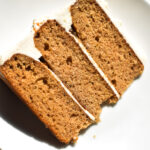
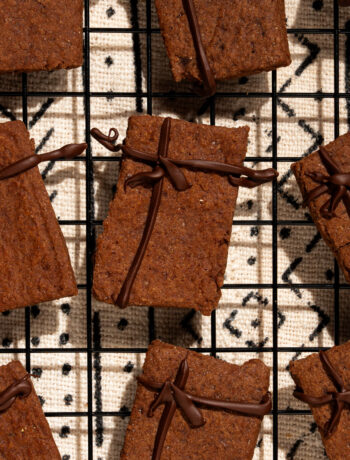
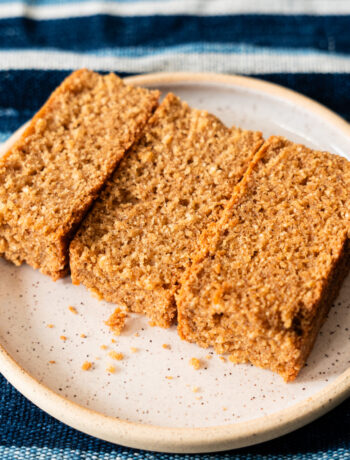
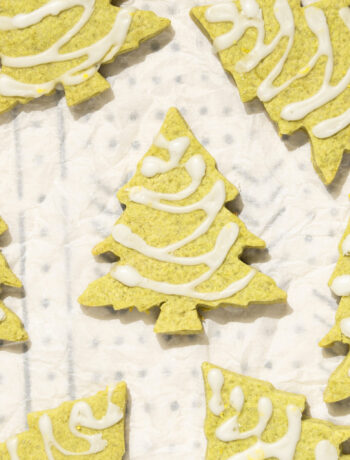
3 Comments
Geeta
September 28, 2023 at 2:02 amHiya, love the sound of this cake, what is cake flour? Is it self raising flour? Thank you.
thecanadianafrican
December 3, 2024 at 12:56 pmits a type of flour, lower protein content. Please google for more details 🙂
Jenny
August 9, 2024 at 3:55 pmThis looks delicious. The NY Times posted a version of this today and in searching for information on Calabash nutmeg and ataiko, I found your recipe and look forward to trying it. I will seach out the Calabash nutmeg in California, but if I substitute cardamom for the ataiko, do I use green or black cardamom pods? Thank you!